
We took advantage of raid agile #2 to practice 6 retrospective formats. Here they are. But first, a few points: the idea of a retrospective is to improve: continuous improvement, emergence of new approaches, etc. Retrospectives are moments of analysis, introspection, and reflection on an action plan. You can decide to try to resolve a blocking point, or to spread a good practice. It is often necessary to renew, shift perspectives to think differently. This is why it is always interesting to take a different frame of reference to think differently. During this raid we were able to work with 6 formats: 2 famous ones (the starfish, the speedboat), 2 particular approaches (Ishikawa, Gyshido) to which I would add a 3rd option (Dilts’ logical levels), and two imagined by Clodio especially for these raids in the Cévennes (the retro-chestnut, the retro-glandouille). So here are the 7 retrospective formats:
The starfish
For the starfish, you divide a space into five parts: start doing, stop doing, more of, less of, keep doing. You let the retrospective participants place their post-its according to these themes. You define what to dig into using dot voting. Simple, effective.
- START DOING
- STOP DOING
- MORE OF
- LESS OF
- KEEP DOING
Here is a mockup of the starfish:
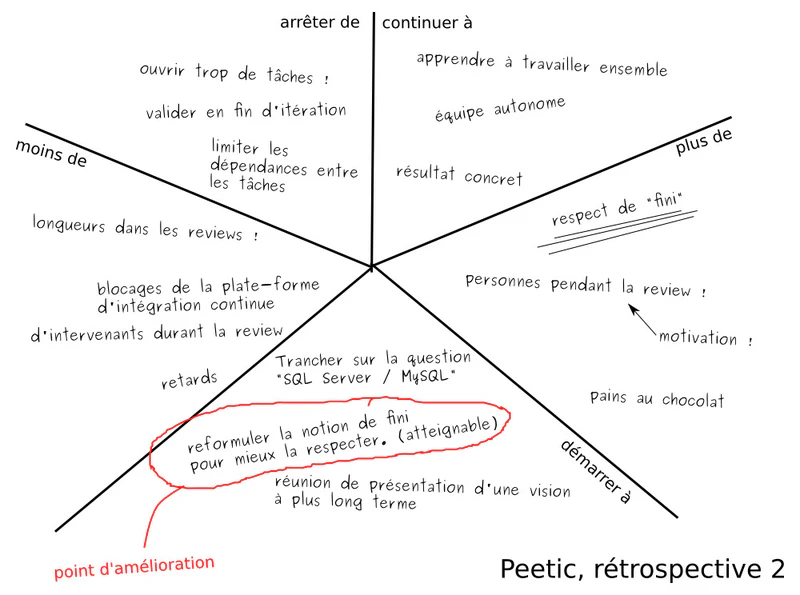
And during a “flash-retrospective” (3 teams 16 participants 5 minutes) during a multi-team game by Claudio.
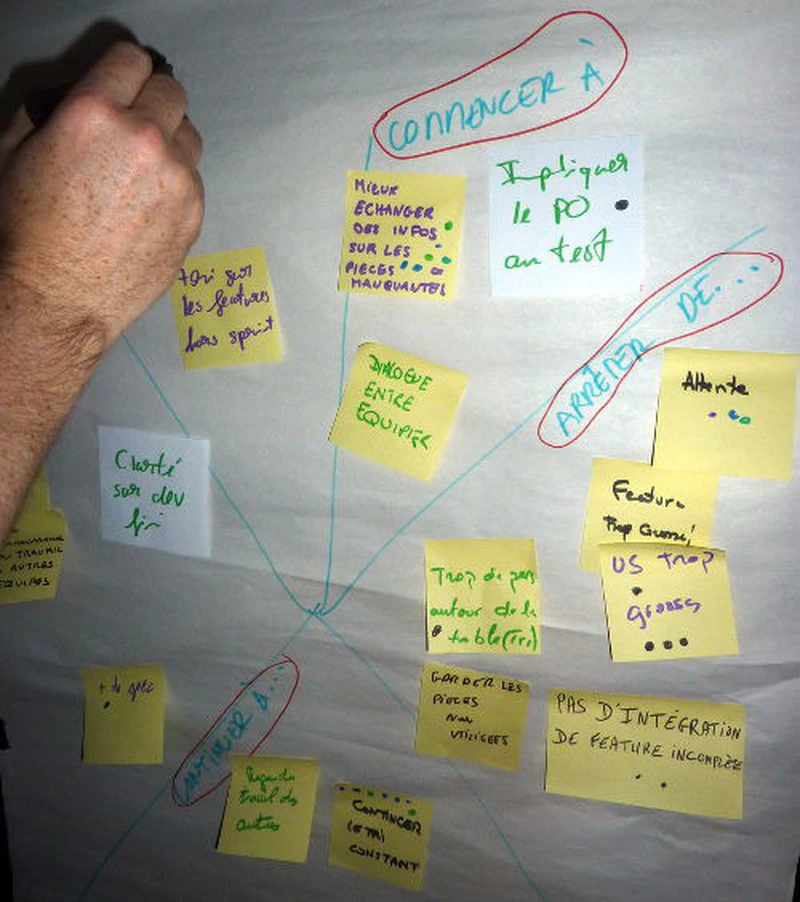
The speedboat
For the speedboat, which I had long set aside because – I don’t know why – I was forgetting the island, an island that Richard H. reminded me of. Thanks. Because the island gives full meaning to this format. Four spaces, three of which to fill: the island is the destination, the target; the boat is the team; the wind, what pushes the boat toward the destination and finally the anchors, what slows down the boat. You let the retrospective participants place their post-its in these spaces. They can also draw things: messages in bottles, sharks, people on lifeboats next to the boat, a person water-skiing, etc. You define what to dig into using dot voting. Simple, effective.
- ISLAND: destination, target
- BOAT: you, the team (who participates and how?)
- WIND: what helps you, pushes you toward the destination
- ANCHORS: what slows you down, holds you back
And here is one at the end of raid.
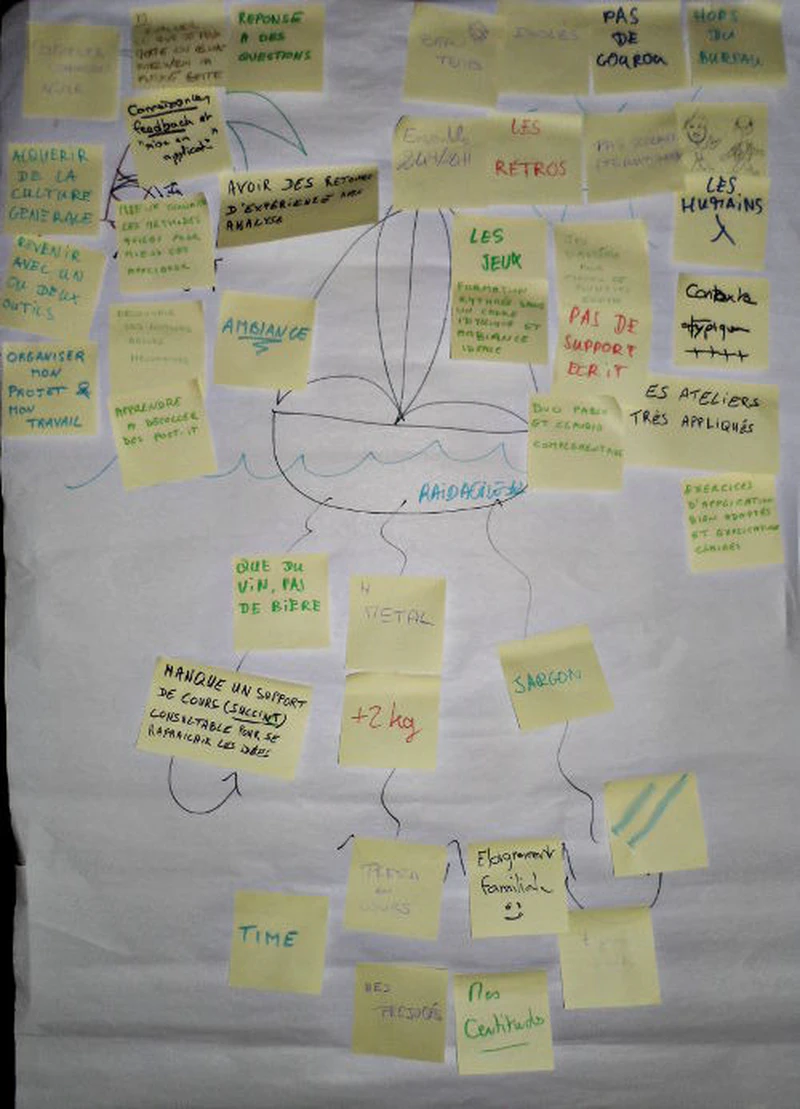
To be honest, I now use this format to do “audits”, “retrospectives”, “experience feedback”, etc. with the template below:
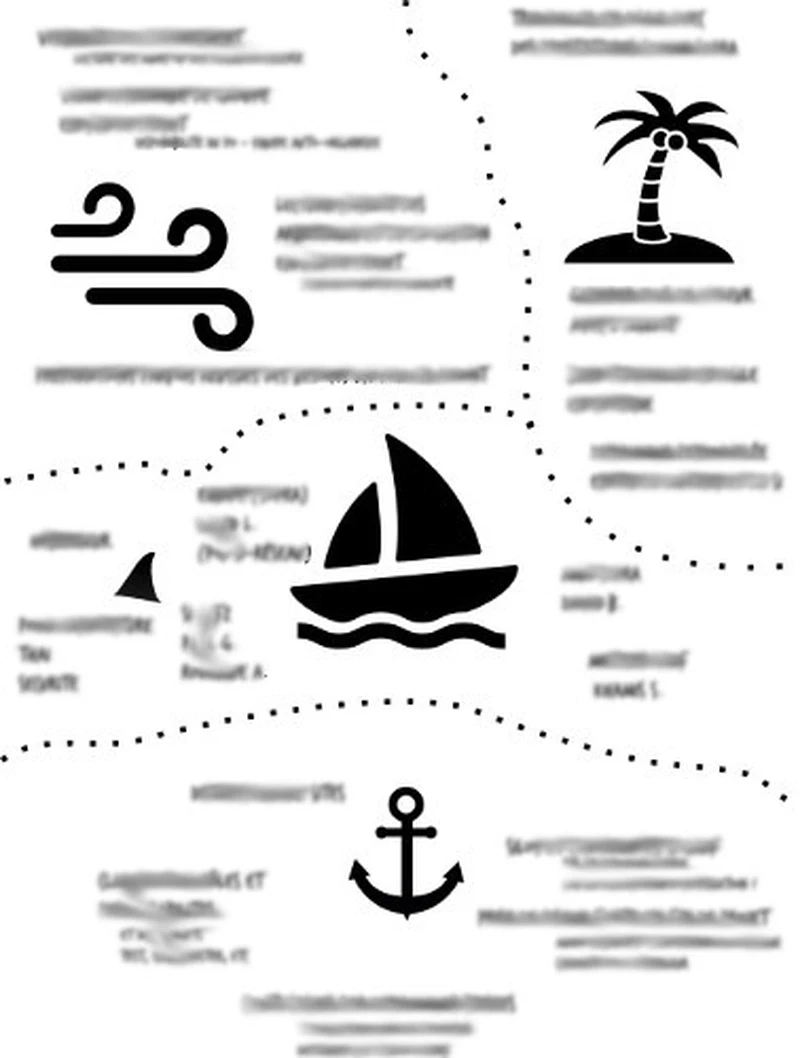
Ishikawa
Searching in my past, I thought that we could use the themes of an Ishikawa diagram (you know, the fishbone) to approach a retrospective differently, especially for often key questions that are often avoided about equipment, environment, workspaces, etc. In this retrospective, five spaces to fill:
- PEOPLE: relationship, personal communication, well-being, etc.
- PROCESS: our practices and way of working, etc.
- EQUIPMENT: equipment, materials, etc.
- MANAGEMENT: relationship, company communication, vision, values, objectives, coherence, etc.
- ENVIRONMENT: premises, places, etc.
Then the same: you define what to dig into using dot voting.
Ishikawa diagram:

During a “flash-retrospective” (3 teams 16 participants 5 minutes) during a multi-team game at raid.
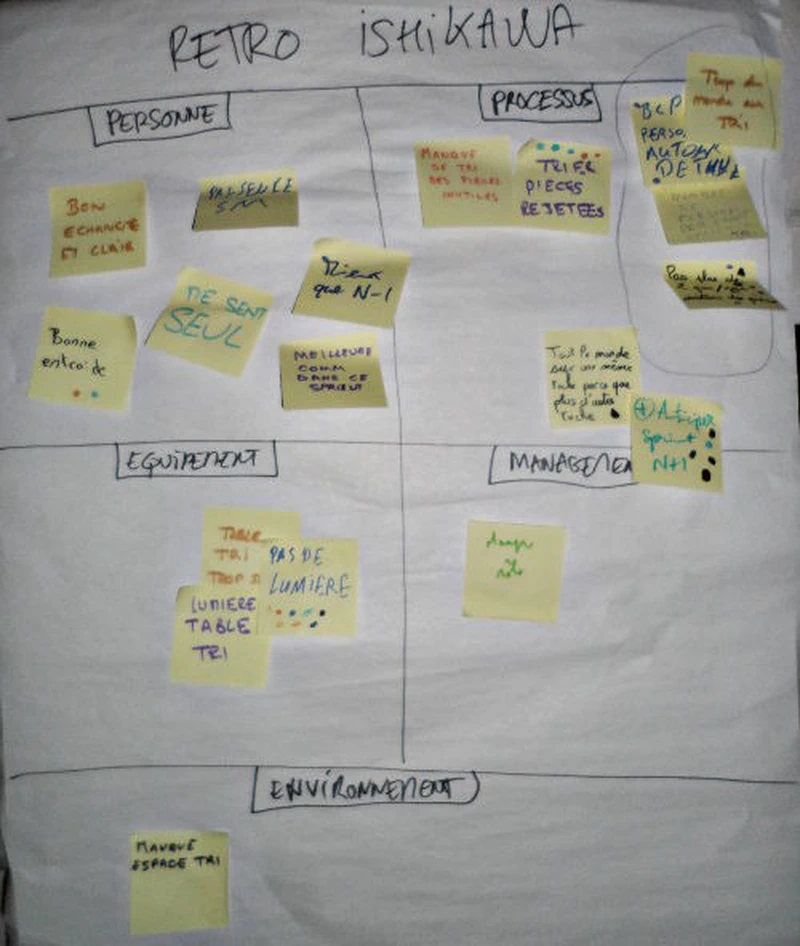
During a SmartView retrospective.
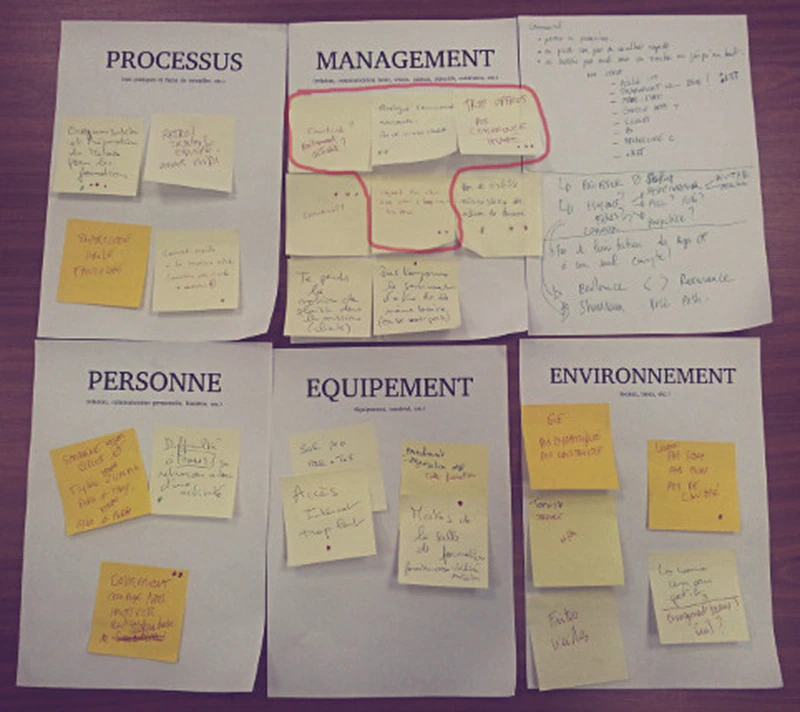
Gyshido
Much more off-axis, I liked the stop the bullshit spirit of Get Your Shit Done which tells us (see gyshido.com): Relentless Focus, Repeat to perfection, No bullshit, No meetings, Be in action, don’t be a burden, Don’t be an asshole.
So we’re going to define 5 spaces again:
- Annoying things
- Useless things
- Messy things
- Who and how did you help? What actions did you take? (I helped)
- Who and how did you disrupt? (I screwed up)
During a “flash-retrospective” (3 teams 16 participants 5 minutes) during a multi-team game at raid.
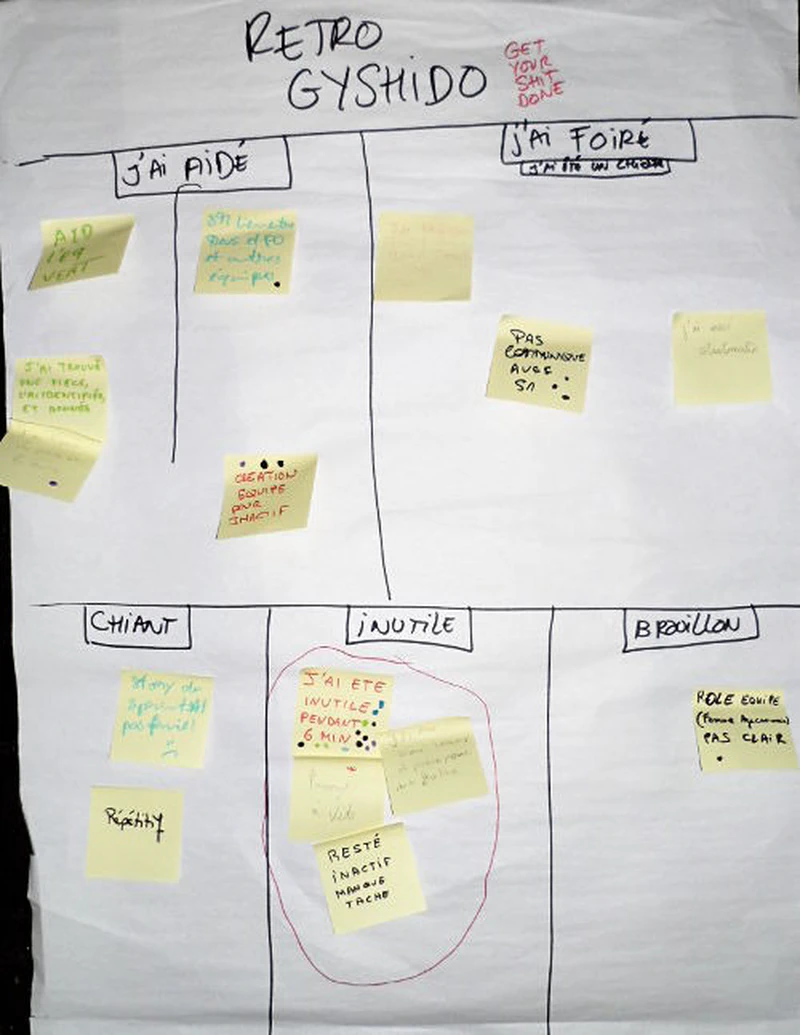
Dilts’ logical levels
I almost used it during the raid agile to try it for the first time, but the context wasn’t suitable. Yet I’m sure a retrospective based on Dilts’ logical levels would prove interesting. 6 spaces here, in the format of a pyramid (keep in mind that generally problems at one level are solved with the level above!):
- Belonging [with whom, vision]
- Identity [who, mission]
- Values - beliefs [why, motivation]
- Skills - capabilities [how, strategies, knowledge]
- Behaviors [what, action, reaction]
- Environment [when, where, constraints]
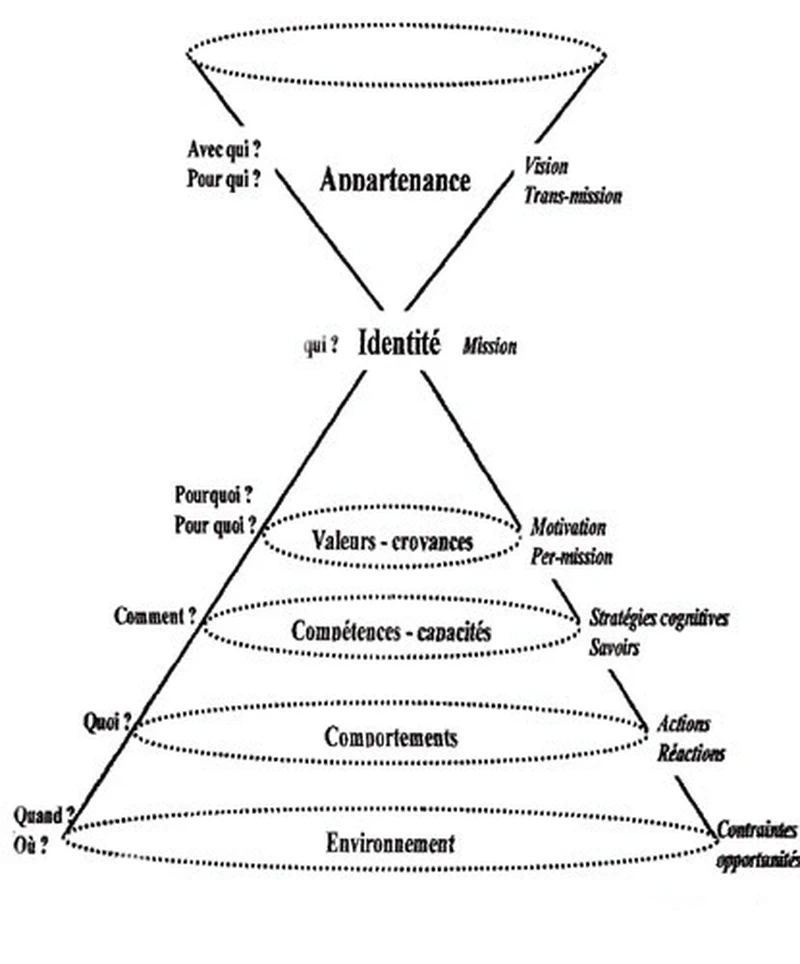
The retro-chestnut
The rétro-châtaigne is a format proposed by clodio (Claude Aubry, Scrum & rock’n roll) specially created for the raid. Here, four spaces (they are well described there: the rétro-châtaigne):
- OUCH: we get pricked: what hurts
- OH: we discover the chestnut, the good surprises
- GRRR: that annoying film that remains to be removed: the frustration
- YUM: finally we can taste what we love.
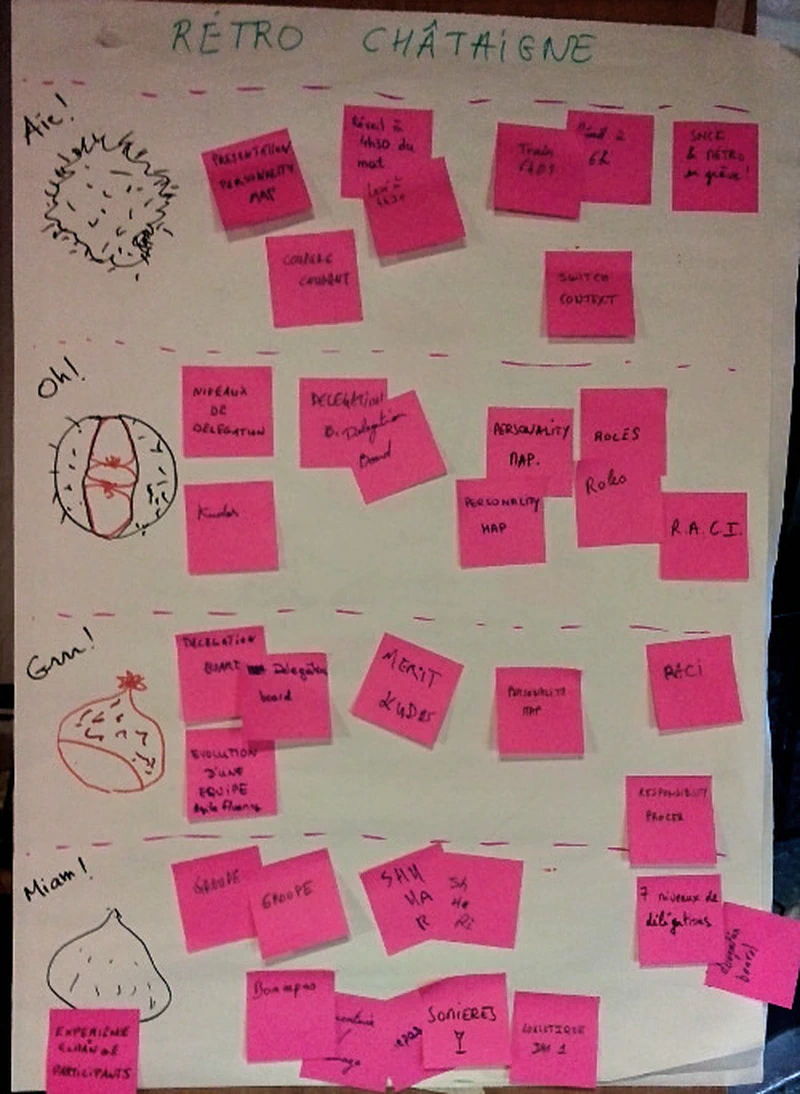
The retro-glandouille
Finally, the retro-glandouille. It was Claudio who introduced this new format in the last raid. It’s about discovering on 3 reading levels: personal, small group, complete team, spaces and possibilities for glandouille, for procrastination. Roughly speaking, you need to express what opportunities (positive retrospective) you detected to glandouiller more, and thus be more efficient the rest of the time (sustainable pace). To learn more, read claudio’s article on rétroglandouille.
During raid agile #2 we were able, thanks to this retrospective, to trigger a game of pétanque, and a break in the afternoon activities.
- How to find a way to glandouiller on an individual level in my raid day.
- How to find a way to glandouiller with my group in our raid day.
- How to find a way to glandouiller with the team (everyone) in our raid day.
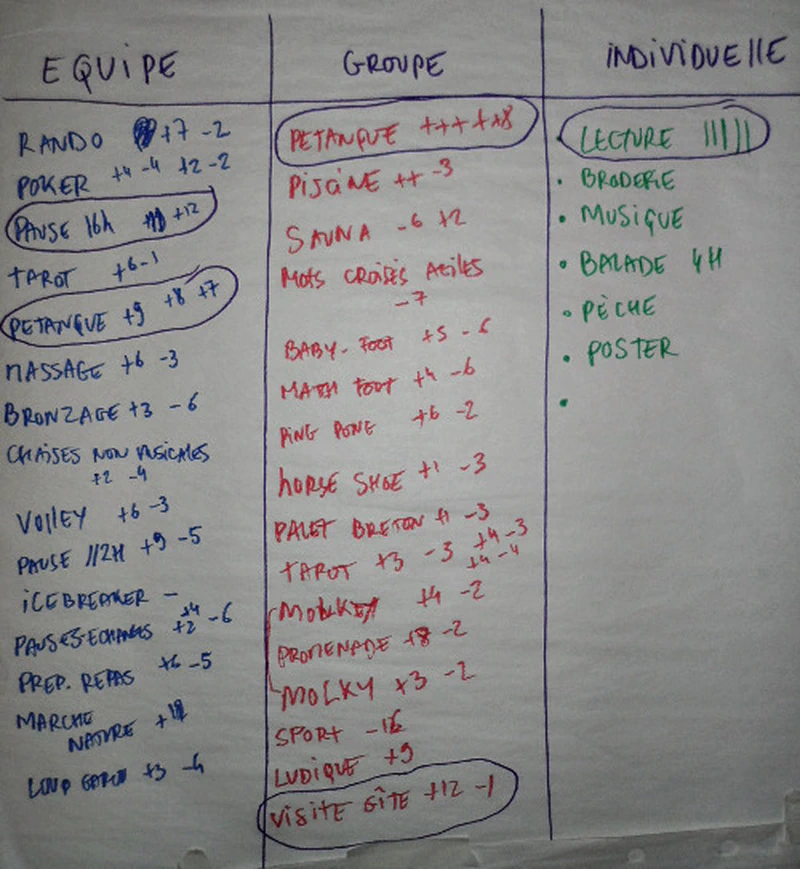
Naturally we hope to have you participate in all these retrospectives during Raid Agile #3 (June 2015).
This article is a complement to this one, from 2013, the art of the retrospective.
And this one: 2 new retrospective formats